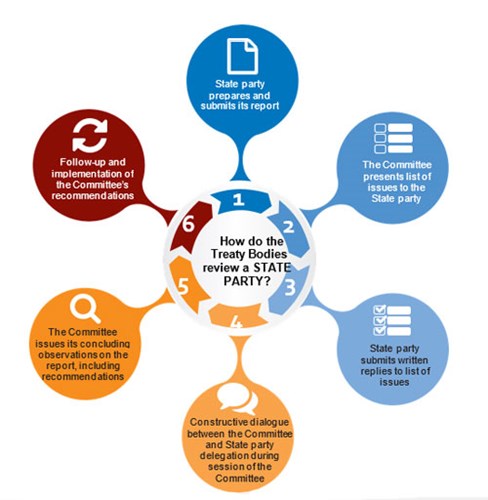Following previous reporting cycles to the Committee on the Rights of the Child, the UK and Scottish Governments have produced children’s rights action plans which lay out how they intend to take forward the Concluding Observations. The ‘Do the Right Thing’ Action Plan, published in 2009, focussed on 21 key areas of work such as tackling child poverty.
The Scottish Government also contributed to the UK Government’s 2009 Action Plan.
However, since the 2016 Concluding Observations have been published there has been no action plan produced by either the Scottish or UK Governments.
In September 2018, the Minister for Childcare and Early Years in Scotland will produce a plan of how Scottish Government will further children’s rights over the next three years. She has been working with children and young people, as well as children’s organisations, across Scotland to develop this report. It is hoped the report will address the UN’s 2016 recommendations.

